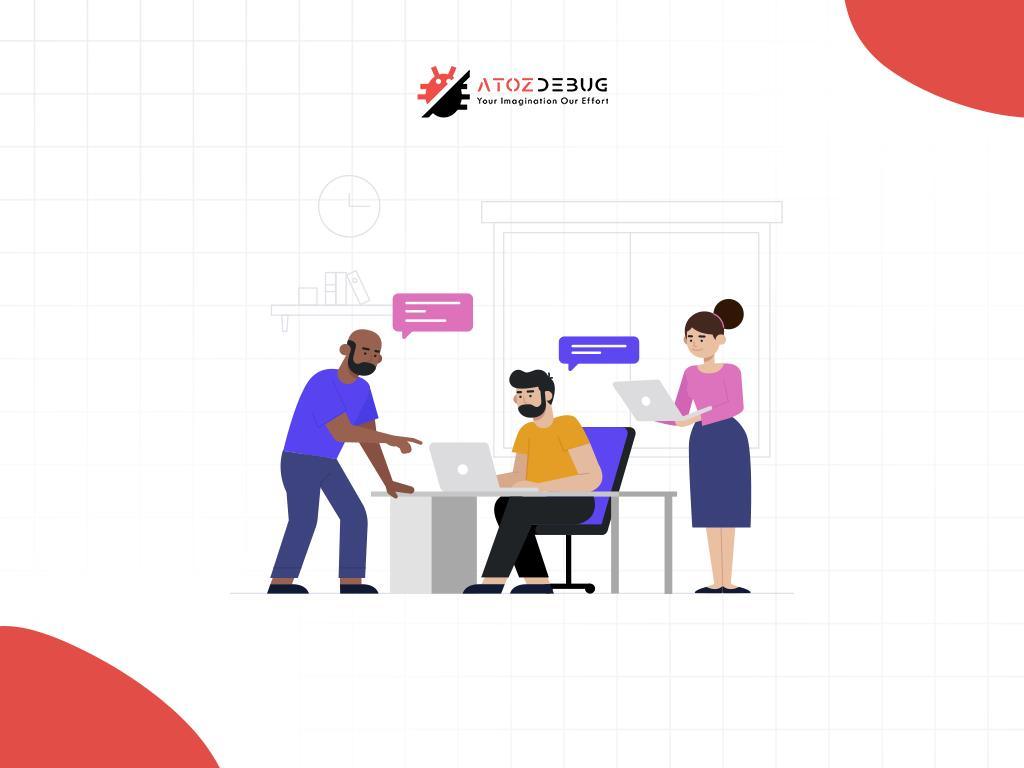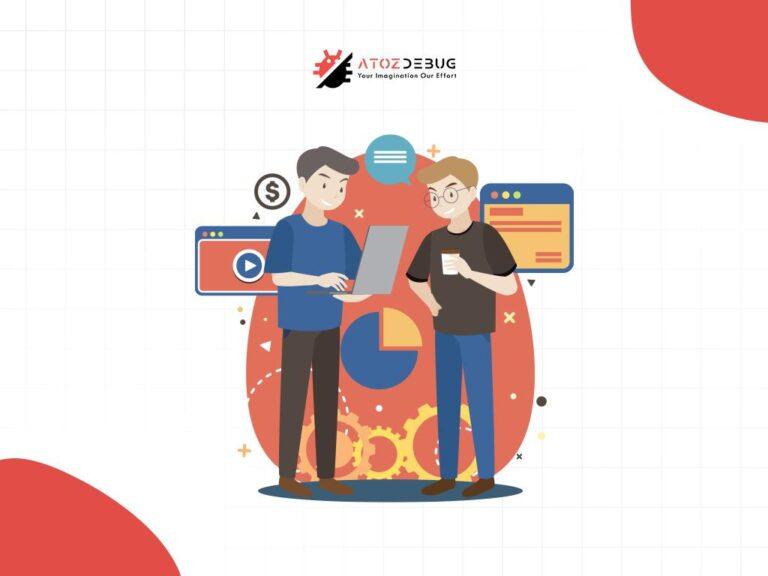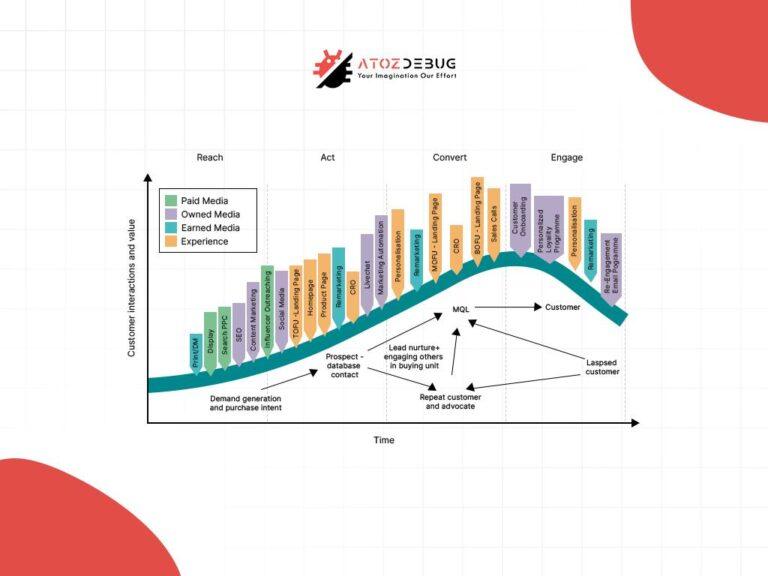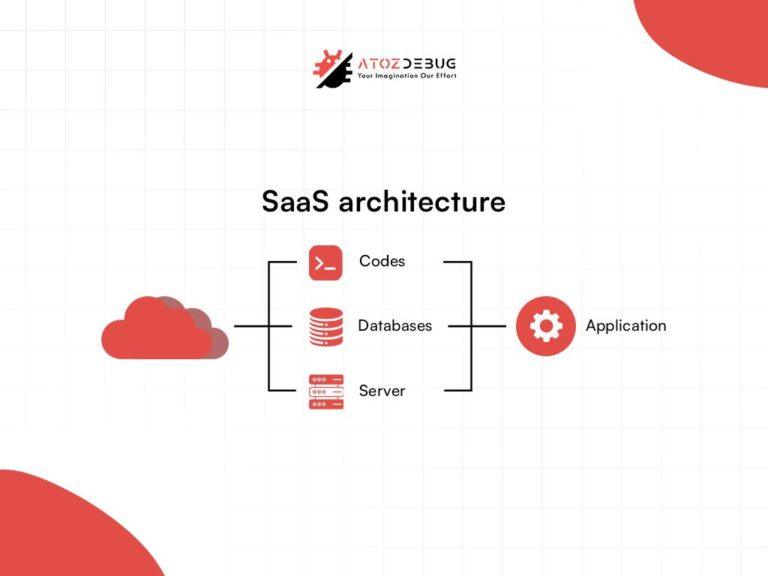Software as a Service (SaaS) is a cloud-based delivery model where businesses access applications via the internet rather than installing them on a local server or computer. This means companies can use powerful software tools without investing in expensive hardware, complex IT setups or high upfront licensing fees.
Unlike traditional software, which often requires installation, updates and maintenance by internal teams, SaaS providers handle everything in the cloud. Users simply log in via a browser or mobile app to instantly access the latest version of the software.
The SaaS business model delivers software online and allows them to work from anywhere with just an internet connection. This model has become a game-changer for businesses of all sizes, offering a cost-effective, efficient, and scalable way to manage operations.
By 2025, is expected to take over the tech world. A recent report by The Business Research Company shows that the global SaaS market will grow by 6.2% each year. Its flexibility and ability to grow with the company make it a must-have for staying up to date with market shifts.
Instead of paying large upfront costs, businesses can pay a regular subscription fee, which helps with budgeting and planning. This article explains how SaaS helps businesses, the benefits of using it, and tips for getting the most out of it.
SaaS vs Traditional Software (Quick Comparison)
| Feature | SaaS Model (Cloud-Based) | Traditional Software (On-Premise) |
|---|---|---|
| Setup & Installation | No installation required, cloud access | Manual installation on devices/servers |
| Cost Model | Subscription (monthly/annual) | Large upfront license fees |
| Updates & Maintenance | Automatic, handled by provider | Manual, requires IT staff |
| Accessibility | Anywhere with internet | Limited to office/local network |
| Scalability | Easy to scale up or down | Difficult and costly to scale |
Discover the Benefits of SaaS for Business Growth
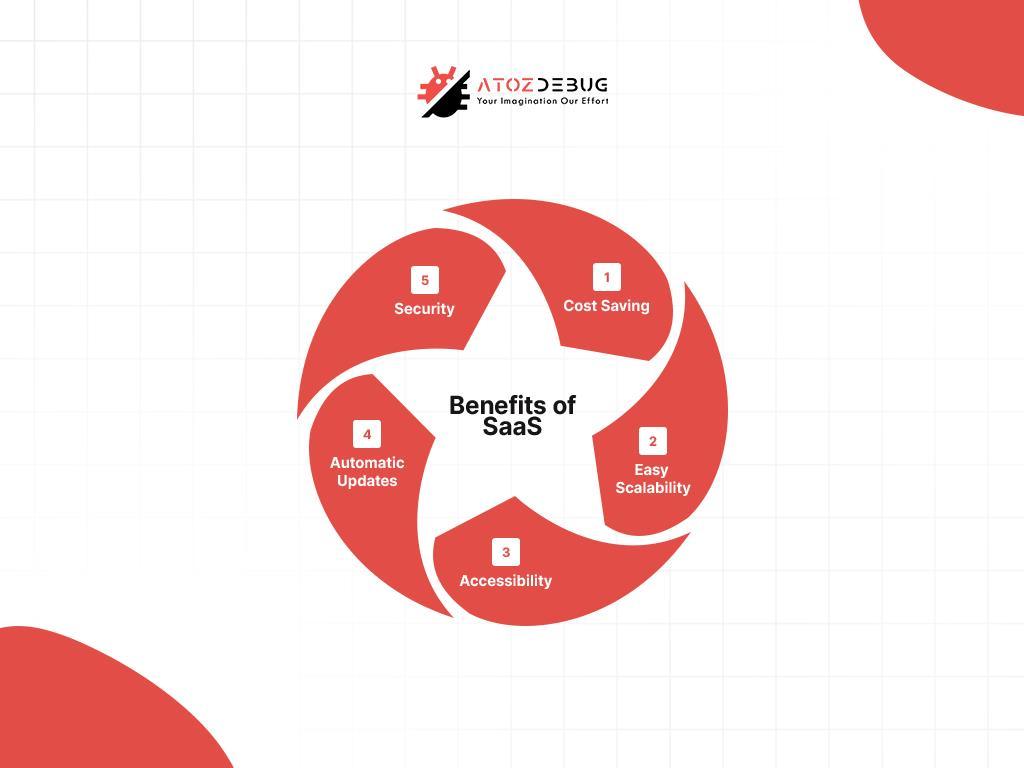
SaaS is revolutionizing how businesses work by providing cloud-based software solutions. It lets companies use software online without needing expensive hardware or tricky setups. This simple and modern method helps businesses stay flexible and competitive.
Key Benefits of SaaS Solutions for Business Growth:
- Cost-Effectiveness: SaaS removes the need for expensive hardware and complicated setups. Businesses can use tools online, which lowers costs and makes it affordable for companies of all sizes.
- Scalability: As businesses grow, their software needs change. SaaS makes it easy to upgrade and adjust to these changes. It helps firms grow smoothly without extra trouble.
- Accessibility and Flexibility: Since SaaS is a cloud-based technology, it makes tools and data available from anywhere. This helps teams work collaboratively and allows employees to stay productive, no matter where they are.
- Automatic Updates: SaaS providers take care of updates and maintenance. So businesses always get the latest features without any disrupting workflows.
- Data Security: Security is a top priority for SaaS providers. They do this by using strong data protection, regular backups, and 24/7 monitoring to keep sensitive information safe.
- Easy Integration: SaaS solutions are built to work with existing systems. It allows businesses to improve their operations without changing the current infrastructure.
- Support for Innovation: With less IT burdens and more flexibility, businesses can focus on being creative, which opens up chances to grow and succeed in the current market.
Overall, SaaS helps your business reach new heights and makes tech simpler and affordable.
How SaaS Pricing Models Offer Predictable Costs
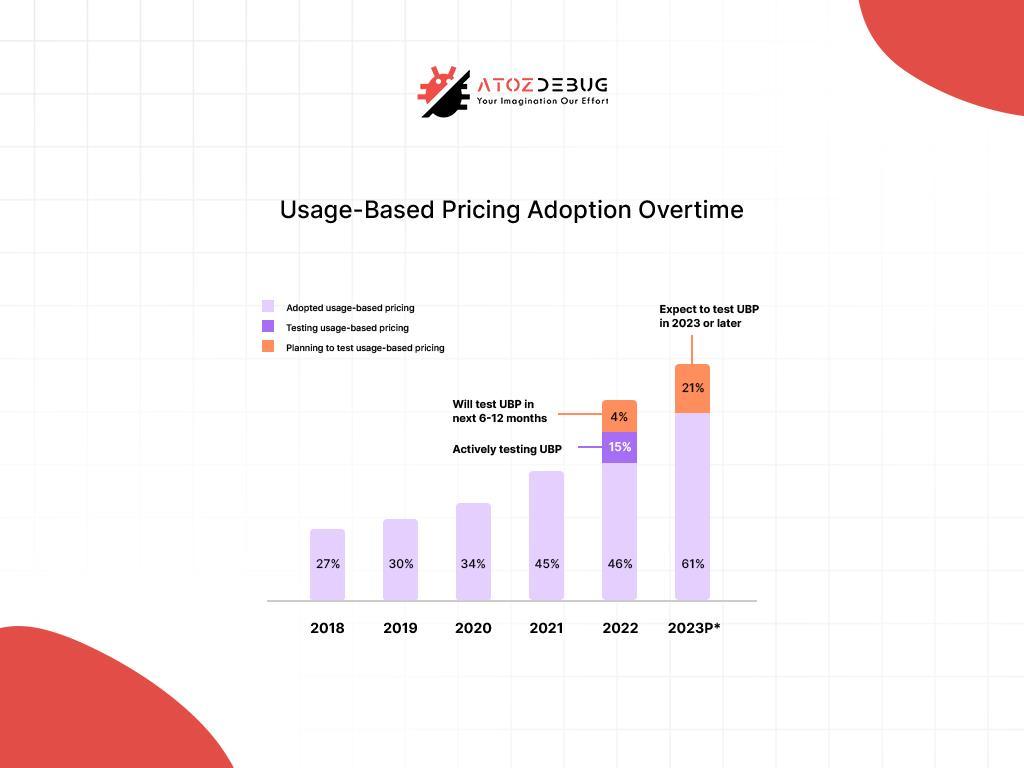
One of the main benefits of Saas pricing is that it offers predictable costs. With a subscription model, businesses can plan their budgets without worrying about hidden fees or surprise charges. This clarity is why many companies choose SaaS over traditional software.
Below are the key features of SaaS pricing models:
- Subscription Fees: With Saas, customers pay a fixed monthly or yearly fee. This fee includes access to the software, updates, and support, which makes it easy to predict costs ahead of time.
- Pay-as-You-Go: Some SaaS models use usage-based pricing, where businesses pay only for what they use. This flexible option helps companies save money by avoiding unnecessary expenses.
- Scalability: SaaS pricing models are basically designed to scale with a business’s growth. Companies can change their subscription plans as their needs grow or shrink, which gives flexibility while keeping costs predictable.
For example, cloud storage services like Dropbox offer different plans where users can select a plan based on their storage needs. This helps businesses control costs while having the option to upgrade as their storage requirements increase.
In short, SaaS pricing models make it easier for businesses to forecast their expenses by keeping costs predictable and simple to manage.
Embrace Digital Transformation with Cloud-Based Solutions
Digital transformation is no longer optional. Now, it’s essential to stay competitive. Cloud-based solutions offer flexibility, scalability, and efficiency to help businesses adapt and grow.
Simplify Customer Management with Cloud-Based CRM
Cloud-based CRM tools help businesses organize customer data, automate tasks, and make teamwork easy. Teams can access real-time insights, which provides personalized service to improve customer satisfaction and build stronger relationships.
Boost Efficiency and Grow with Ease
Unlike traditional systems, cloud solutions easily adjust to changing business needs. They help reduce hardware costs and allow businesses to focus on improving their processes, which makes operations smoother and more efficient.
Work Anytime, Anywhere
With cloud solutions, employees can securely access data and tools from anywhere. This makes teamwork easier and keeps businesses running smoothly, even in hybrid or remote work setups.
Keep Data Safe and Secure
Cloud platforms use strong security features like encryption and two-factor authentication to protect sensitive information. This helps prevent data breaches and ensures businesses meet regulatory standards.
Innovate and Stay Ahead
Cloud-based solutions enable businesses to adopt advanced technologies like AI, IoT, and data analytics seamlessly. By integrating these tools, organizations can innovate faster, enhance customer experiences, and stay ahead in a competitive market.
Vertical vs Horizontal SaaS Which Fits Your Business
Choosing between vertical and horizontal SaaS can literally impact your business growth. Both models offer smart cloud-based SaaS solutions but are designed to meet different needs.
Let’s understand both Vertical and Horizontal SaaS one-by-one:
Vertical SaaS
Vertical SaaS is made for specific industries. It offers solutions that meet niche requirements. These tools often have special features for solving unique challenges in fields like healthcare, insurance, or manufacturing.
For example, Veeva Systems offers software specifically for pharmaceutical companies. This level of customization makes vertical SaaS perfect for businesses in specific industries.
Horizontal SaaS
Horizontal Saas is ideal for companies wanting flexible tools that solve common problems across different industries. These solutions focus on business needs like customer relationship management, accounting, or marketing. Salesforce CRM is a prime example of Horizontal SaaS. It provides features that work for a wide range of businesses.
Key Differences:
| Feature | Vertical SaaS | Horizontal SaaS |
| Target Audience | Specialized Industries | Multiple Industries |
| Examples | Veeva Systems (Pharma) | Salesforce CRM |
| Customization | Highly customized Solutions | Generalized Features |
To choose one between them, think about what your business needs and the market you’re targeting. If your goal is to solve specific problems in a certain industry, vertical SaaS could be the right choice. But, if you need a solution that works across different industries, horizontal SaaS might be better. Most importantly, understanding your product-market fit is crucial to choosing the right SaaS model for your business.
The Role of SaaS in Enhancing Customer Success
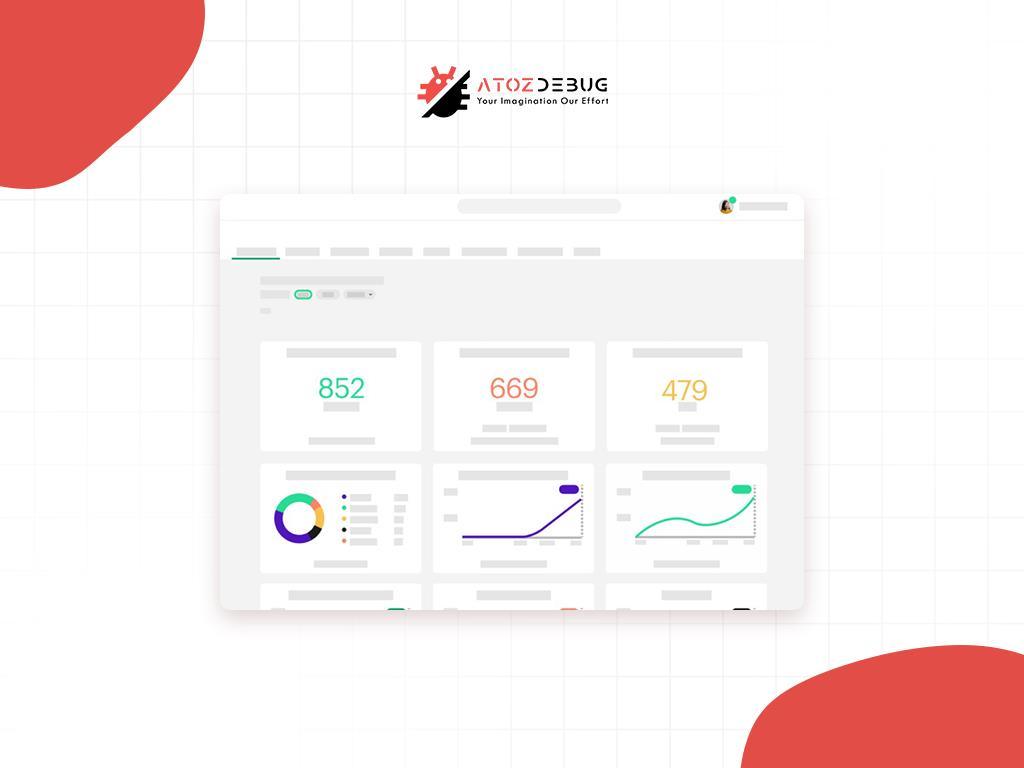
SaaS helps businesses create happy and loyal customers by offering advanced tools and technologies. These platforms let companies track customer progress, spot potential issues, and provide personalized experiences customized to each client’s needs.
With SaaS platforms, companies can track customer health, predict churn, and deliver personalized experiences customized to each client’s needs.
Key Ways SaaS Enhances Customer Success:
1. Customer Health Tracking:
SaaS platforms like Gainsight or Totango offer real-time customer health metrics. These tools monitor customer satisfaction levels, highlight potential concerns, and allow businesses to address issues before they escalate.
2. Predicting and Reducing Churn:
Predictive analytics powered by SaaS can identify early warning signs of churn. By analyzing user behavior and trends, these platforms enable businesses to take timely actions to retain customers, ensuring higher satisfaction and loyalty.
3. Personalized Engagement:
SaaS solutions enable businesses to segment their audience and deliver customized solutions. This personalization creates a more meaningful connection with clients, enhancing their overall experience and trust in the brand.
4. Automated Support and Insights:
Advanced automation features in SaaS tools streamline routine processes, such as ticket management or onboarding. Additionally, these platforms provide actionable insights that help companies refine their strategies for better customer outcomes.
5. Scalable Solutions for Growth:
SaaS platforms are designed to grow alongside businesses. They offer flexible features that can scale with increasing customer demands, ensuring that customer success strategies remain effective as the company expands. This scalability supports businesses in maintaining high standards of customer care regardless of size.
Why Medium-Sized Enterprises Choose SaaS for Scalability
For medium-sized businesses, achieving scalability without overloading resources is key to long-term success. SaaS (Software as a Service) solutions give the perfect platform to scale your business. It helps companies adjust to market needs with little hassle.
Main Benefits of SaaS for Medium-Sized Enterprises:
1. Flexible Pricing Models: SaaS platforms offer subscription-based pricing, so businesses only pay for what they need. This makes it cost-effective as their operations grow.
2. Effortless Expansion: SaaS removes the need for hardware upgrades. Companies can easily add users or access new features that make scaling up simple.
3. Seamless Updates: Automatic updates keep businesses up-to-date with the latest features and security, without additional effort or downtime.
4. Enhanced Collaboration: SaaS tools allow teams to collaborate in real time. It ensures smooth communication even as businesses expand geographically.
5. Global Accessibility: These solutions can be accessed from anywhere, which helps businesses enter new markets without worrying about infrastructure.
Example in Action:
Tools like Slack and HubSpot show how medium-sized enterprises can boost productivity and reach larger audiences. These platforms allow businesses to manage workflows, marketing, and customer relationships smoothly while supporting growth strategies.
By using SaaS, medium-sized businesses can focus on their main objectives while using technology to scale their business efficiently and effectively.
SaaS Customization and Integration for Specialized Industries
Industries like healthcare, finance, and manufacturing have unique needs that regular SaaS solutions may not fully meet. Customizing and integrating SaaS platforms helps adjust them to fit these specific needs, while also making sure they work smoothly with existing tools.
Benefits of SaaS Customization
Customization lets businesses adjust SaaS platforms to fit their specific needs. For example, adding features for healthcare regulations or advanced analytics for finance. By integrating and customizing the software, companies can improve user experience and efficiency, making it a valuable tool for their industry.
Integration Advantages
SaaS integration links important systems, making it easier for data to flow between different platforms. For example, connecting a SaaS tool with HR or accounting software updates data automatically, saving time and reducing mistakes. This is especially helpful for industries with specific needs, ensuring their software works smoothly together.
Customized Solutions for Industry Needs
Industries with complex operations often need more than standard software. Customized SaaS platforms help create workflows for specific tasks, such as managing patient records in healthcare or monitoring compliance in finance. Integration ensures these platforms can scale as businesses grow, adapting to new tools and technologies.
SaaS Solutions for B2B Sales Trends and Market Reach
B2B sales trends are evolving rapidly, with SaaS solutions playing a big role in this shift. These tools help businesses reach more customers, grow their impact, and stay ahead in the market.
One of the main benefits of using SaaS solutions is advanced analytics.
These tools help businesses study sales data, spot future trends, and find promising markets. Companies can make smarter decisions and optimize their strategies by understanding customer habits and market changes.
Another big advantage is hyper-personalization.
SaaS platforms use AI and machine learning to create highly targeted campaigns. This helps businesses to engage their customers more effectively and deliver the right message at the right time, which eventually boosts conversions.
In addition, smooth communication is crucial for B2B sales success.
SaaS tools integrate with several cloud platforms that help sales teams work together efficiently. This leads to quicker responses, better customer interactions, and better decision-making.
So, when your business uses SaaS solutions, it helps in finding new opportunities and staying relevant as well as competitive in the fast-changing B2B world.
These tools improve market reach and keep businesses updated on the latest sales trends, helping them succeed in both current and new markets.
Conclusion
SaaS has transformed from a convenient software delivery model to a strategic necessity for businesses in 2025. Its combination of affordability, scalability, and accessibility enables companies of all sizes to operate as efficiently as global enterprises. From cost-effective pricing models to AI-driven innovations, SaaS continues to drive digital transformation across every industry.
By adopting SaaS, businesses can:
- Simplify operations with automatic updates and seamless integrations.
- Empower remote and hybrid teams by providing access anywhere, anytime.
- Strengthen security and compliance with enterprise-level security.
- Accelerate innovation through AI, analytics, and automation tools.
At the same time, businesses must be aware of potential challenges, such as vendor lock-in, massively rising costs, and compliance requirements. A balanced approach—selecting the right SaaS providers, careful integration and growth planning—ensures long-term success.
If you are looking for SaaS solutions or need expert guidance in growing your business with cloud technologies, our team ATOZDEBUG can help. Contact us for a consultation and learn how SaaS can accelerate your growth.
Frequently Asked Questions (FAQs)
1. How many customers should I have before building a SaaS?
Successful SaaS founders often recommend starting small with a minimum viable product (MVP) and confirming demand first. Don’t confuse “interest” with actual paying demand, secure some early users before investing heavily in development.
2. Is my SaaS pricing structure clear enough?
Customers expect transparent pricing with clear information on what each plan includes. Hidden or complex pricing tiers create friction and reduce trust. Always display your pricing upfront with a comparison of features across tiers.
3. What happens to my data if I cancel my SaaS subscription?
Most SaaS providers allow a 30-90 day export period after cancellation so businesses can retrieve their data. Always check the provider’s data retention and backup policies before signing up.
4. Should SaaS be priced per user or per usage in 2025?
With the rising cost of AI and infrastructure, many SaaS companies are moving from seat-based pricing to usage-based or hybrid models. The best option depends on your cost structure and the perception of value by customers. Usage pricing offers more flexibility, while per-user pricing is easier to understand.
5. Can AI tools replace the need for a SaaS platform?
AI coding assistants and low-code platforms are enabling businesses to build their own internal tools faster than ever. Although this may reduce reliance on common SaaS products, companies still prefer SaaS solutions that offer deep customization, integration, and enterprise-level support.

